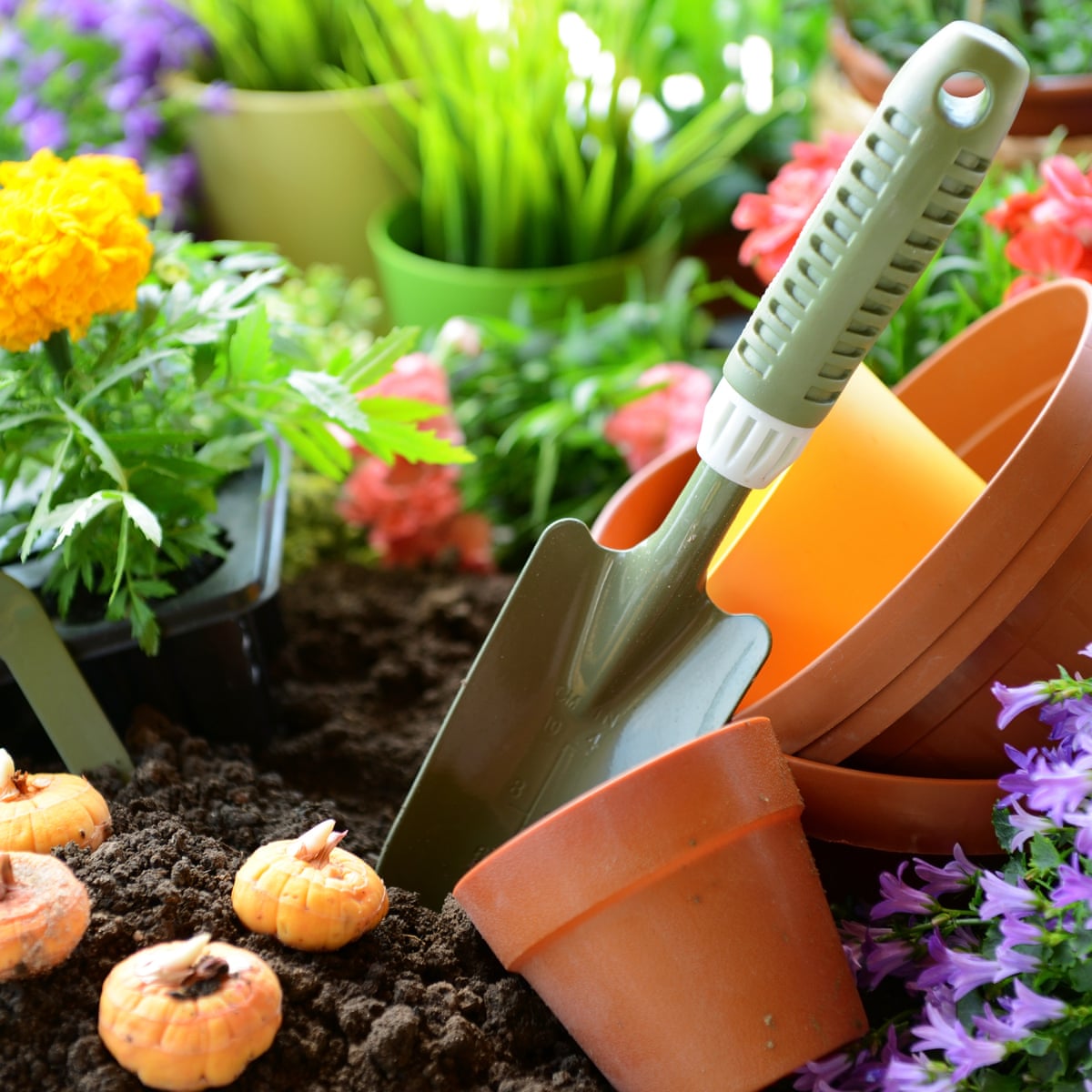The Comprehensive Guide to Gardening: Discover the Advantages of Various Styles and Techniques
Horticulture includes a varied array of designs and approaches, each offering one-of-a-kind benefits customized to individual preferences and ecological contexts. As we explore these various styles, it ends up being apparent that the options made can considerably affect both the garden's wellness and its contribution to the surrounding environment.
Understanding Horticulture Essentials
Comprehending the essentials of gardening is crucial for growing a growing and sustainable yard. A successful horticulture undertaking begins with a solid structure of knowledge relating to dirt, plant selection, and climate considerations. Healthy and balanced dirt is the cornerstone of any type of garden; it offers necessary nutrients, water retention, and a habitat for helpful microbes - Gardening. Evaluating dirt pH and nutrient degrees can guide changes to maximize plant development.
Picking the right plants is just as vital. Comprehending their details needs-- such as sunshine, water, and spacing-- makes sure compatibility with the local climate and soil problems. This option process should also take into consideration the development habits and lifecycle of plants, enabling for a well balanced and aesthetically pleasing garden.
In addition, effective watering techniques are crucial. Over-watering and under-watering can both lead to plant stress and illness. Implementing a timetable based on seasonal modifications and plant needs can boost water efficiency.
Popular Gardening Styles
What specifies the essence of popular gardening designs? These styles encapsulate diverse visual principles, useful demands, and ecological factors to consider, ultimately reflecting the gardener's personal vision. Amongst the most popular styles is the cottage yard, identified by its casual layout and a vibrant array of blossoms and veggies. This technique emphasizes a harmonious mix of shade and structure, producing a welcoming environment.
On the other hand, the formal garden personifies symmetry and order, frequently featuring geometric patterns and carefully trimmed bushes. This design connects style and class, with meticulously chosen plants that strengthen a structured aesthetic.
The Japanese yard provides a tranquil and meditative experience, utilizing natural environments like water, stones, and plants to create a relaxing environment. It concentrates on simpleness and balance, urging consideration.
Additionally, xeriscaping has gained appeal, particularly in deserts (Gardening). It prioritizes drought-resistant plants and efficient water usage, promoting sustainability while improving landscape elegance
Benefits of Container Horticulture
Container horticulture offers a multitude of advantages that make it an attractive alternative for both amateur and knowledgeable gardeners alike. Among the primary advantages is adaptability; containers can be put in various areas, enabling gardeners to enhance sunshine direct exposure and develop aesthetically home appealing plans. This versatility makes it possible to yard in areas where conventional in-ground gardening may not be practical, such as verandas, outdoor patios, or urban atmospheres.
Furthermore, container horticulture provides far better control over soil problems. Gardeners can personalize the soil mix to match certain plants, making certain ideal drain and nutrient availability. This is particularly valuable for individuals residing in areas with inadequate or polluted soil.
An additional considerable benefit is the decreased danger of pests and diseases. Container plants can be kept an eye on extra quickly, and any issues can be attended to without delay. This approach can why not try this out minimize the spread of intrusive types.
Sustainable Horticulture Practices
Sustainable gardening techniques are important for advertising environmental health and wellness and enhancing biodiversity in our environments. These methods focus on eco-friendly balance, resource conservation, and the use of organic techniques to decrease negative ecological impacts. By using methods such as composting, garden enthusiasts can decrease waste while improving dirt health, thus fostering a thriving yard ecosystem.
Water conservation is an additional essential facet of lasting horticulture. Strategies such as rain harvesting, drip irrigation, and the usage of drought-resistant plants can considerably reduce water use while guaranteeing that plants obtain adequate wetness. Incorporating indigenous plant types right into yard styles sustains neighborhood wild animals and minimizes the demand for chemical plant foods and pesticides, which can be damaging to the atmosphere.

Ultimately, lasting horticulture practices not just add to much healthier gardens but likewise promote an even more resistant atmosphere, offering lasting advantages to both the gardener and the surrounding area.
Tips for Successful Horticulture
To grow a thriving yard, gardeners need to prioritize cautious planning and visit this site thoughtful implementation of their gardening approaches. Begin by evaluating the local climate and soil problems, as these aspects significantly influence plant selection and development. Pick plants that are fit to your environment, thinking about native types that will prosper with very little treatment.
Applying a well-structured design is critical (Gardening). Utilize companion planting strategies to promote biodiversity and all-natural insect control, while making sure each plant has ample area for growth. This not just enhances aesthetics however additionally improves overall plant health
Routine upkeep is crucial to an effective garden. Develop a constant schedule for watering, weeding, and fertilizing. Mulching can assist keep dampness and subdue weeds, while likewise including organic matter to the dirt.
Regularly keeping an eye on plant wellness and development will allow for timely treatments. Be open to discovering and adapting; gardening is a continual procedure that profits from experience and experimentation.
Final Thought


In summary, the expedition of varied horticulture styles and techniques reveals their diverse benefits, adding to both aesthetic appeal and environmental health. Container horticulture offers adaptability and availability, while lasting methods enhance environmental stewardship. By integrating different techniques and methodologies, garden enthusiasts can maximize their efforts, promote biodiversity, and create functional exterior spaces. Inevitably, this detailed guide works as a beneficial source for cultivating successful gardening experiences, fostering a deeper connection with nature and the surrounding community.